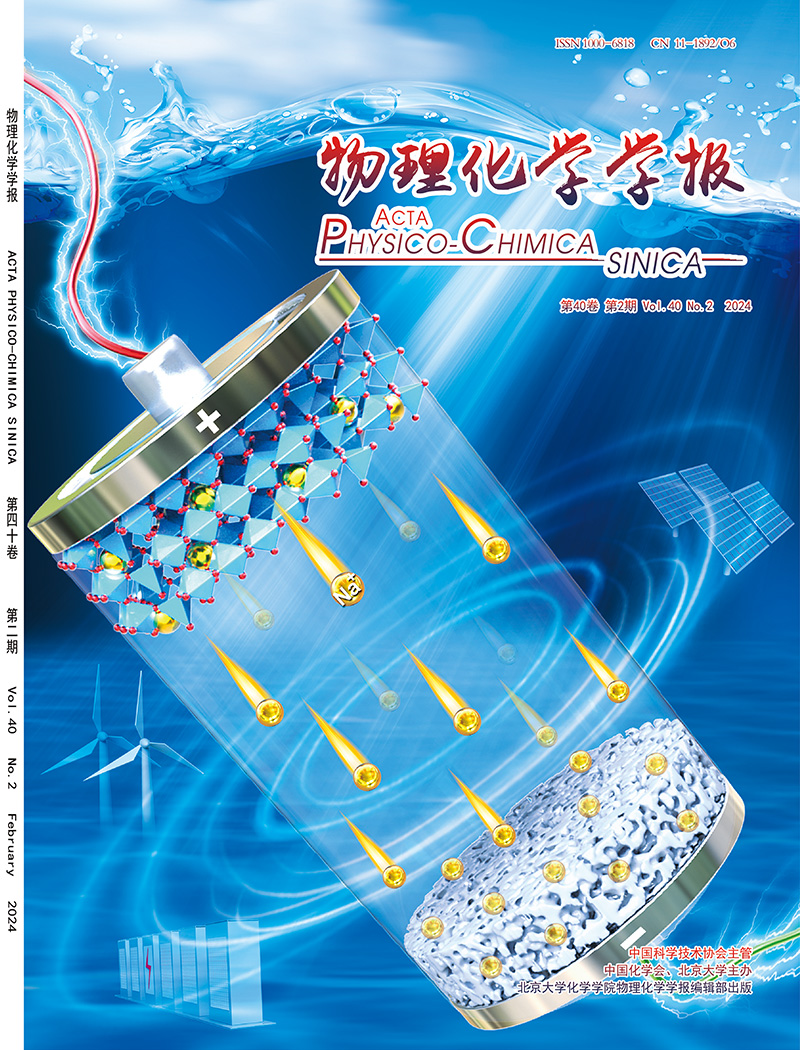Tailoring electrode-electrolyte interfaces via a simple slurry additive for stable high-voltage lithium-ion batteries
IF 10.8
2区 化学
Q1 CHEMISTRY, PHYSICAL
引用次数: 0
Abstract
5 V-class LiNi0.5Mn1.5O4 (LNMO) cathode material is emerging as a promising cobalt-free alternative to meet the growing demand for affordable, high-performance lithium-ion batteries (LIBs). However, LNMO faces significant electrochemical challenges, particularly interfacial instability with commercial electrolytes due to its high operating potentials. This instability leads to the dissolution of transition metals and consequently electrode crosstalk, which severely deteriorates electrochemical performance. Surface coating is extensively investigated to reduce interfacial side reactions for enhanced cycling stability. Traditional methods typically require multiple steps, including dispersion, mixing, drying, and calcination, which can be time-consuming and complex. Additionally, the resulting ceramic coatings are often rigid and unevenly distributed due to lattice mismatches, potentially leading to poor interfacial contact and increased resistance. In this study, tetraethyl orthosilicate (TEOS) is proposed as a streamlined slurry additive to in situ form an ethoxy-functional polysiloxane (EPS) film on the surface of LNMO particles during electrode preparation. Post-mortem X-ray photoelectron spectroscopy (XPS) and inductively coupled plasma (ICP) analyses reveal the crucial role of the EPS film in addressing interfacial instability issues. First, the EPS film serves as an artificial cathode-electrolyte interface (CEI) with a robust Si–O–Si bonding network, which is less vulnerable under high potentials. Second, the remaining ethoxy-functional groups in EPS scavenge HF by forming stable Si–F bonds, thereby suppressing the detrimental transition metal dissolution and crosstalk. Transmission electron microscopy (TEM) and scanning electron microscopy (SEM) further confirm the stability of the EPS film and the enhanced structural stability of the modified LNMO. Galvanostatic intermittent titration technique (GITT) and electrochemical impedance spectroscopy (EIS) results demonstrate that EPS reduces the overall impedance and improves ion diffusion kinetics by forming stable electrode-electrolyte interfaces. As a result, compared to the baseline, the optimized LNMO cathode exhibits significantly improved cycling stability in both half cells (84.6 % vs. 51.4 % capacity retention after 1000 cycles) and full cells when paired with commercial graphite anodes (83.3 % vs. 53.4 % retention after 500 cycles). This strategy, further validated under elevated temperatures of 50 °C and in pouch-type cells, is expected to pave the way for the development of next-generation high-performance LIBs.

通过一种简单的浆液添加剂来定制电极-电解质界面,用于稳定的高压锂离子电池
v级LiNi0.5Mn1.5O4 (LNMO)正极材料正在成为一种有前途的无钴替代品,以满足对经济实惠的高性能锂离子电池(lib)日益增长的需求。然而,LNMO面临着重大的电化学挑战,特别是由于其高工作电位,与商业电解质的界面不稳定性。这种不稳定性导致过渡金属的溶解,从而导致电极串扰,从而严重恶化电化学性能。广泛研究了表面涂层以减少界面副反应以增强循环稳定性。传统方法通常需要多个步骤,包括分散,混合,干燥和煅烧,这可能是耗时和复杂的。此外,由于晶格不匹配,所得到的陶瓷涂层通常是刚性的,并且分布不均匀,可能导致界面接触不良和阻力增加。在本研究中,正硅酸四乙酯(TEOS)被提议作为流线型浆料添加剂,在电极制备过程中在LNMO颗粒表面原位形成乙氧基功能聚硅氧烷(EPS)薄膜。死后x射线光电子能谱(XPS)和电感耦合等离子体(ICP)分析揭示了EPS膜在解决界面不稳定性问题中的关键作用。首先,EPS薄膜作为一种人造阴极-电解质界面(CEI),具有强大的Si-O-Si键合网络,在高电位下不易受损。其次,EPS中剩余的乙氧基官能团通过形成稳定的Si-F键来清除HF,从而抑制有害的过渡金属溶解和串扰。透射电镜(TEM)和扫描电镜(SEM)进一步证实了EPS膜的稳定性和改性LNMO的结构稳定性增强。恒流间歇滴定技术(git)和电化学阻抗谱(EIS)结果表明,EPS通过形成稳定的电极-电解质界面,降低了总阻抗,改善了离子扩散动力学。结果,与基线相比,优化后的LNMO阴极在半电池(循环1000次后容量保持率为84.6% vs. 51.4%)和与商用石墨阳极配对的完整电池(循环500次后容量保持率为83.3% vs. 53.4%)中都表现出显著提高的循环稳定性。该策略在50°C高温和袋式电池中得到进一步验证,有望为下一代高性能lib的开发铺平道路。
本文章由计算机程序翻译,如有差异,请以英文原文为准。
求助全文
约1分钟内获得全文
求助全文

 求助内容:
求助内容: 应助结果提醒方式:
应助结果提醒方式:


